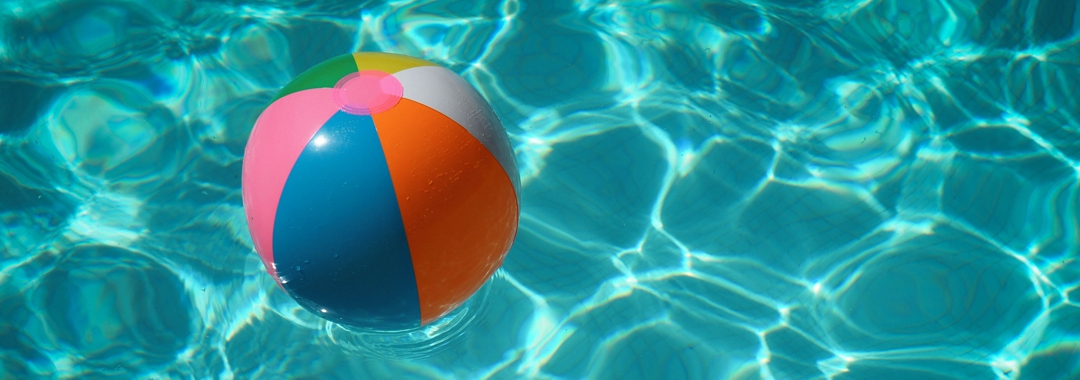Mrs. Green’s World is a platform that not only educates people about the health of the planet, but also encourages all of us to consider various options to create healthy, sustainable communities. We are proud to partner with Tucson Medical Center, which has been Tucson’s locally governed nonprofit regional hospital for more than 70 years. Because TMC is committed to empowering patients to be active partners in their care and has a robust wellness outreach program, we are sharing TMC’s message. To learn more, please listen to our special podcast series, sponsored by Tucson Medical Center.

It’s no surprise swimming is a summer favorite in Arizona. Parents get a chance to cool-off, kids max out on fun and families make memories.
With the summertime exuberance of visiting, splashing and playing, it can be easy for all to forget important safety rules. This is serious because Arizona has one of the highest number of child drownings in the United States.
Child drowning is tragic but preventable. Safe Kids Pima County Coordinator Jessica Mitchell works with community partners to provide helpful tips and education to prevent childhood drowning – she provided us important water safety standards every parent should know.
It’s as easy as ABC
A = Adult supervision
B = Barriers around pools, spas and hot tubs
C = Coast Guard approved life vest and life-saving CPR classes
My kids love playing in the pool – what are the things to watch out for?
• Active supervision is a must. Provide active supervision without any distractions – even if other adults are present and many kids are in the pool. They call drowning the “silent killer” because a drowning child can’t call for help.
• Infants and toddlers should stay within an arm’s reach of an adult.
• Don’t rely on swimming aids such as water wings and pool noodles. They are fun, but may not prevent drowning.
• When finished, remove all toys from the pool. This can tempt children to go for the toys later, increasing the risk of them falling in and drowning.
• Barriers should be in place to keep children from entering the pool on their own. Alarms on doors and pool fences with self-closing gates also helps to keep kids safe.
• Always keep a phone nearby so that you can call 911 in the case of an emergency.
•Empty kiddie pools and turn them upside down when finished. Tragedies have happened in just a few inches of water.
What swimming rules should I set for my children?
• Only swim if an adult is a present.
• Do not dive in shallow areas of the pool (or the entire pool if it is not deep enough for diving).
• Don’t push or jump on others.
• Don’t go swimming during thunder/lightning storms.
My kids have already taken swimming lessons, so I probably don’t need to watch them as much, right?
While we encourage swimming lessons, children should not be swimming alone even if they are good swimmers. It takes multiple lessons before a child learns how to swim effectively and even then, there should still be active supervision by an adult.
How do I rescue a child I think might be drowning?
• Take the child out of the water
• If you are alone, call 911 and begin CPR. Starting CPR immediately is the most important thing you can do to prevent a child from dying.
• If you are not alone, begin CPR and ask someone to call 911.
• Check for breathing and responsiveness. Place your ear near the child’s mouth and nose to see if you feel air on your cheek? Determine if the child’s chest is moving and call the child’s name to see if he or she responds.
Should I be CPR certified?
Anyone who routinely supervises children around water should get CPR certified. The certification courses are provided by many community organizations, including the American Red Cross.
It sounds like there is a lot to prepare for – can the water still be safe and fun for my family?
Absolutely! Swimming can be great family fun. Make sure you take the necessary precautions, always supervise swimming children and that someone in the family has taken CPR classes.
Visit TMCAZ for more safety tips and information.